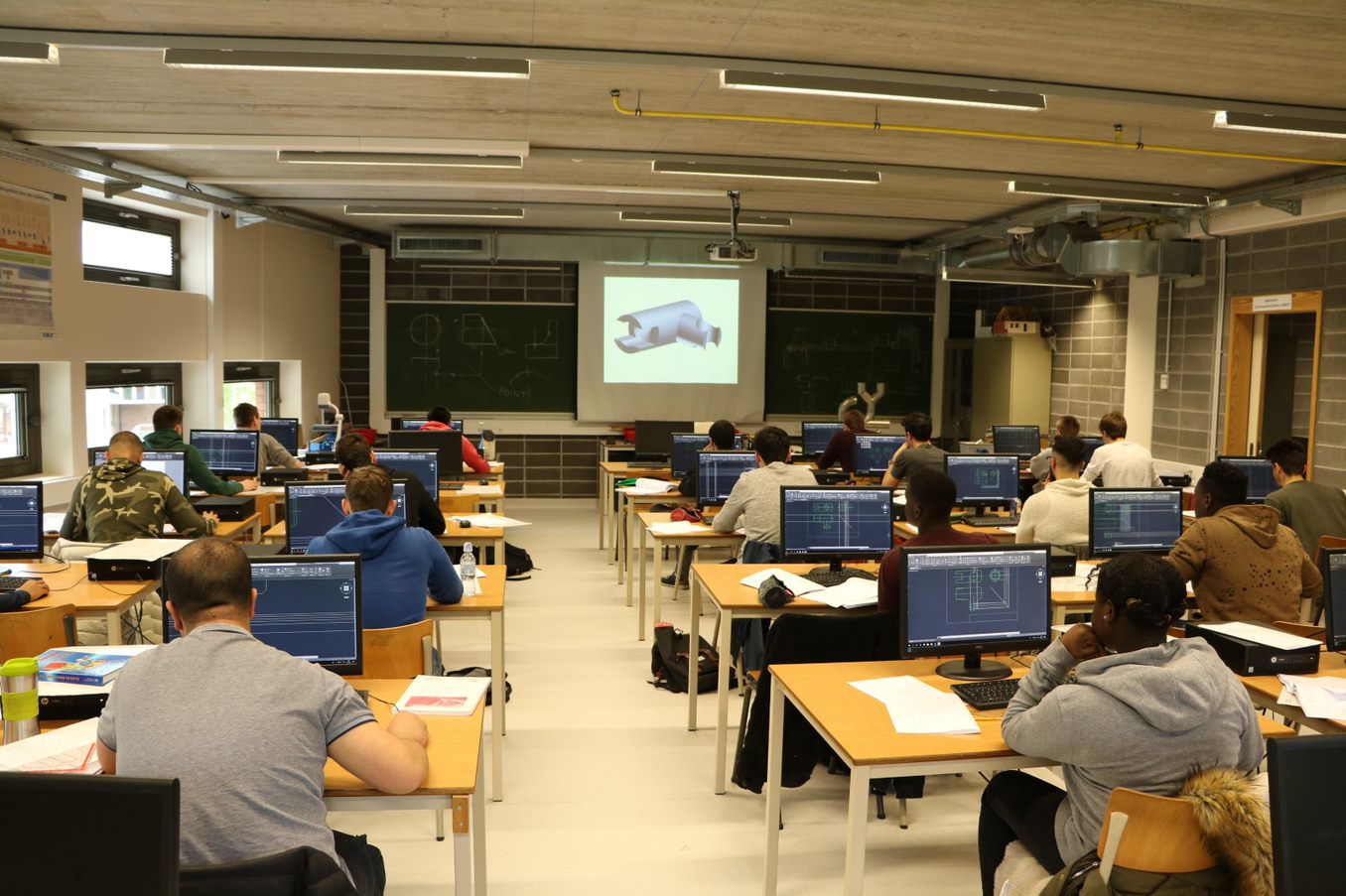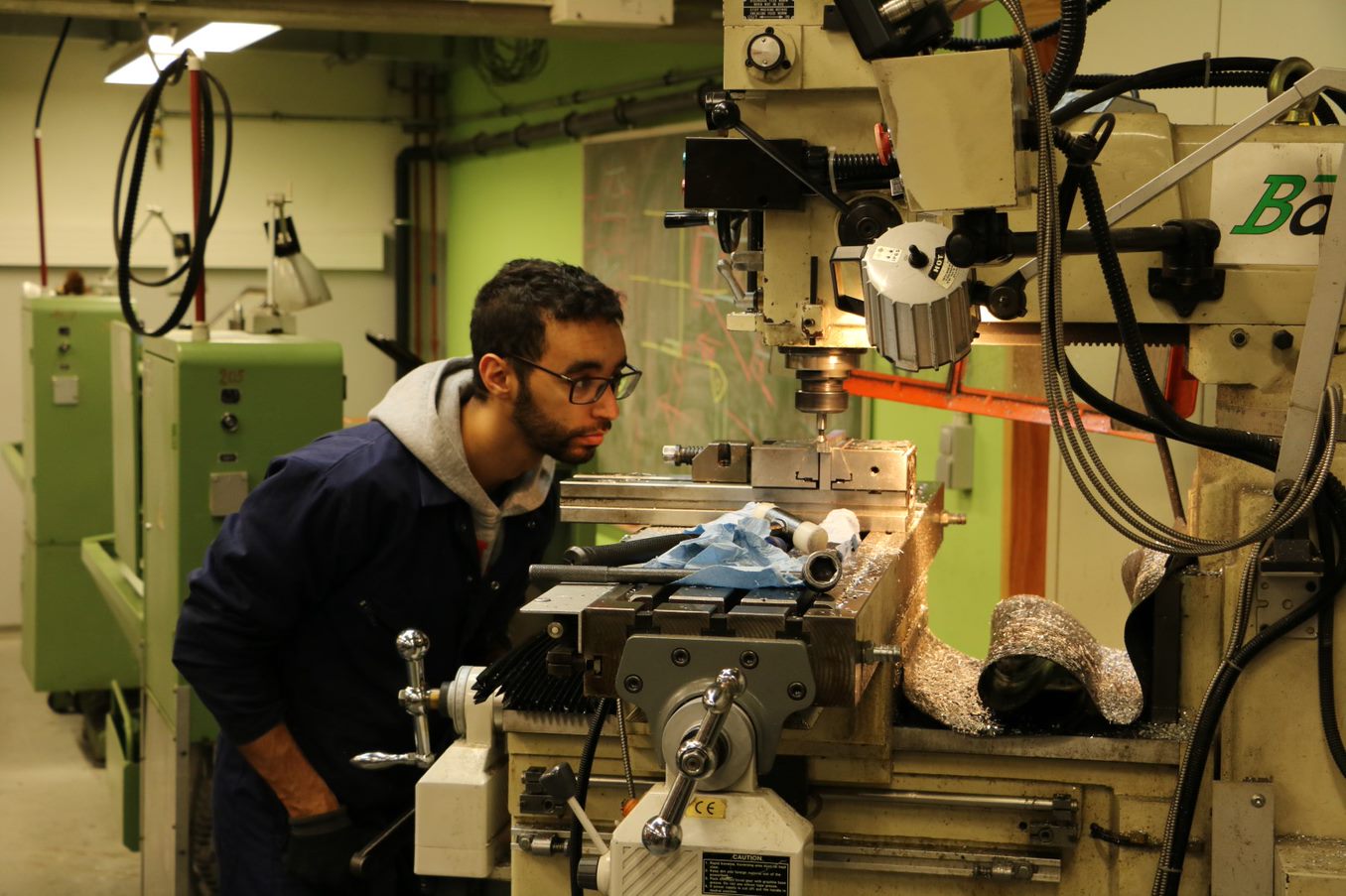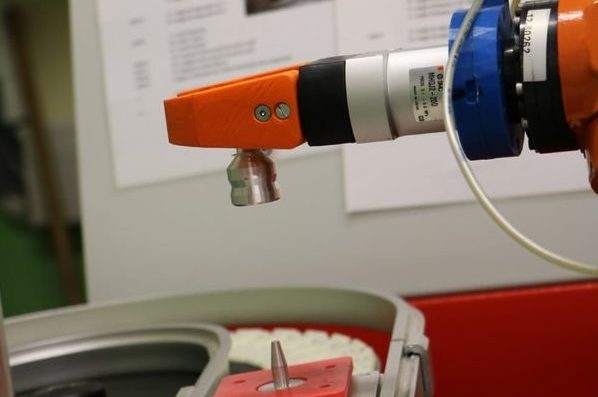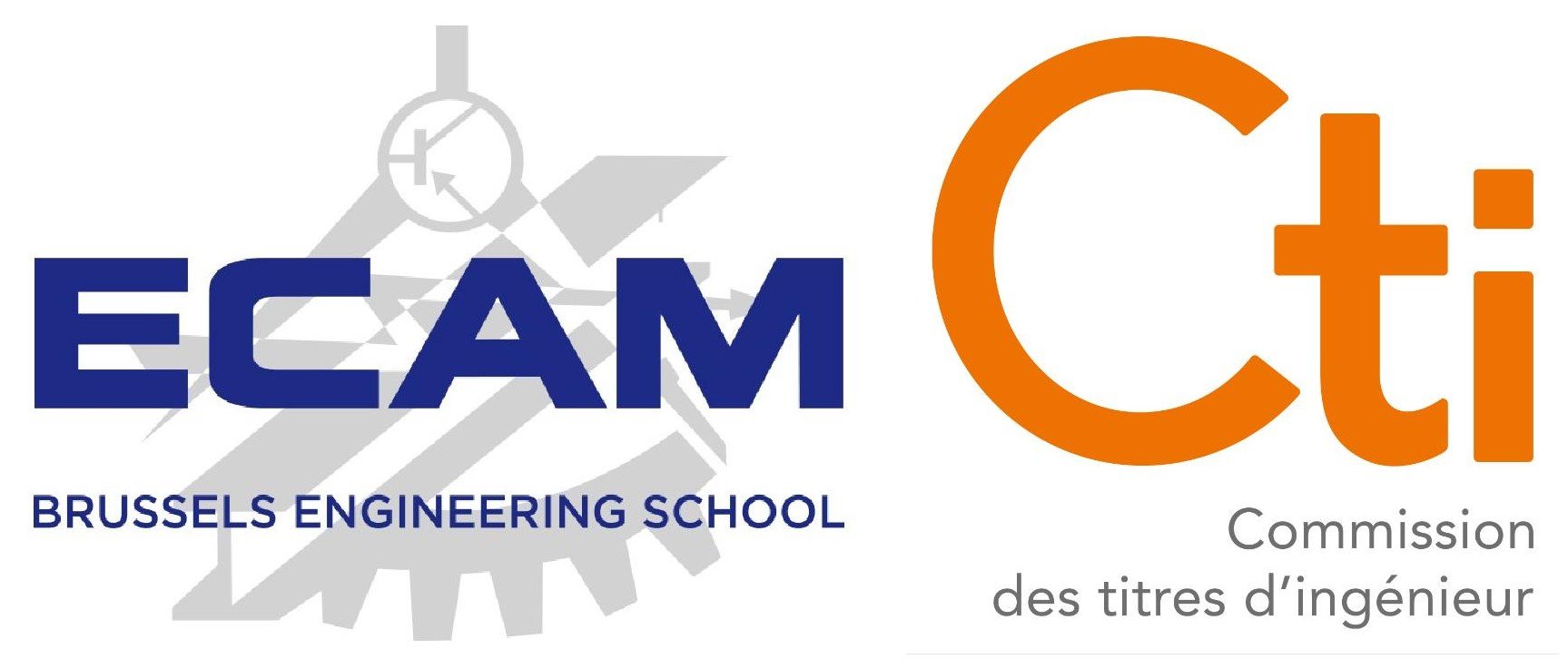Master of Science in Industrial Engineering - Automation
The profession
While electromechanical industrial engineers design installations that operate at constant speed, automation industrial engineers ensure that they operate at varying speeds. They implement algorithms in real-time computers to bring the process into the desired state despite disturbances, the main feature of which is unpredictability. Using operating screens, they provide the manager with a means of assessing the operating status of his installation. His job very often involves optimisation.
But there is no such thing as good automation without good knowledge of the system to be automated. Therefore, they cannot carry out their job without a solid understanding of electromechanics, thermal engineering, etc. These skills enable them to understand how the process works, so that they can establish dynamic models that will enable them to optimise its operation automatically. This enables them to understand how the process works, so that they can establish dynamic models that will enable them to optimise its operation.... automatically.
Industrial automation engineers are present wherever installations need to operate without human intervention.
The following are just a few examples:
- Temperature control in large buildings, where the comfort temperature has to be ensured as soon as the occupant arrives, without having restarted the installation too early, otherwise energy consumption will skyrocket. It's an optimisation problem.
During the period of occupancy, the free energy provided by the occupant must be recovered by maintaining an atmosphere in the premises with satisfactory hygienic conditions (carbon dioxide, humidity, temperature) without human intervention, using computers equipped with stable, high-performance algorithms. - Programming and control management of automated lines such as the canning of peas, the forming and filling of tea bags at a rate of around ten per second, and the filling of processed cheese trays....
- When a luminaire is switched on, electrical energy cannot easily be accumulated in large quantities, so somewhere in a European power station a few grams of gas per minute have to be burnt to produce the power required to operate the luminaire... automatically.
- And your car's handy cruise-control system, which features an algorithm in the vehicle's ECS that manages the engine's fuel supply and maintains speed at the prescribed level despite disturbances (road gradient, wind....heavy foot of the driver).
Organisation of studies
After the two-year bachelor's degree, the electromechanical option is one of our six options. The third year of the bachelor's degree in electromechanics is a more technical preparatory year for the two master's courses: the final year in electromechanical engineering and the final year in automation.
Approximately 70% of the hourly volume of the last three years of students who choose the automation pathway involves training in electromechanics. This shows the importance we attach to training in electromechanics for automation, because there can be no good automation without in-depth knowledge of the process to be automated.
Labs
- Automation
- Industrial electricity
- Thermal engineering
- Mechanical manufacturing
- Metalography



